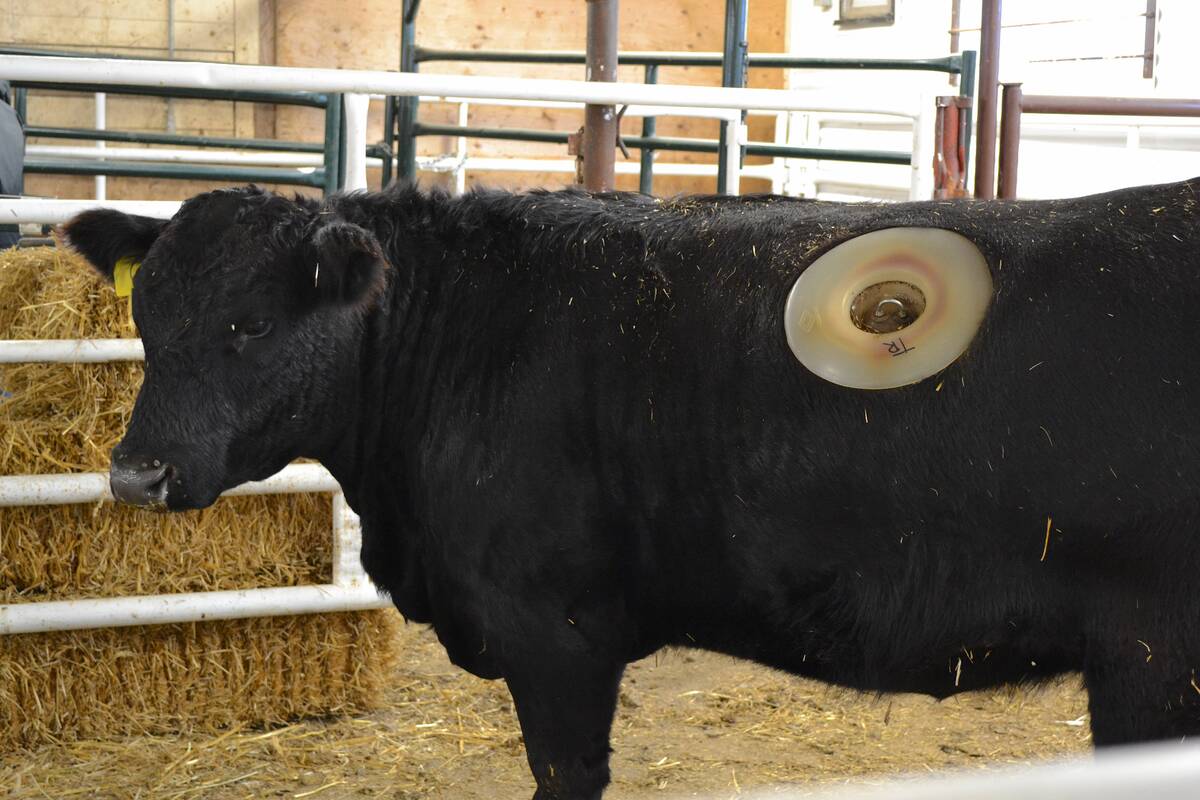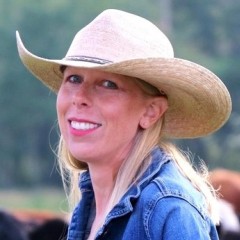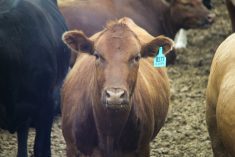Just having a less stressful life would have been worth it for Karyn Neilson, but acclimating heifers to handling facilities may also result in more calves.
“The minimal time invested into acclimating is well worth the results,” said the Stettler-area producer.
It all started when Neilson and husband Lance contacted Olds College inquiring how they could make heifers more fertile. Normally having eight to 10 per cent of heifers come back open is considered normal, but Neilson wanted to decrease that number.
They ended up in contact with Désirée Gellatly at the college’s Technology Access Centre for Livestock Production. The researcher had an idea of getting heifers used to running through chutes prior to AI breeding, and Neilson — hoping to both gain quieter heifers and to increase fertility — agreed to be part of Gellatly’s study.
Read Also

Lakeland College studying livestock wellness through cannulated heifers
Lakeland College’s Applied Research Team is working with six cannulated heifers on a handful of research projects.
It was a bit of an eye-opener.
“We have always raised quiet cattle that are pail fed and calm,” said Neilson. “A quiet pail-fed heifer doesn’t necessarily translate into a calm, low-stress heifer in other situations, we learned during the study.”
The heifers were assessed and given a score by body weight, body condition, and reactivity (based on exit speed and how they stood in the chute). The heifers were split into four groups — two would be acclimated to the handling facilities and two would be control groups.
“Two weeks out from when we wanted to start the artificial breeding process, I would go out into the two (soon to be acclimated) groups and pail feed them, talk to them softly, walk around them, get them used to human contact,” Neilson said. “They got their grain, and they knew that I was safe.”
She first put them through the chute six days prior to breeding.
“They just ran through the system, there was no catching, no stopping, they just ran through the chute to let them get used to it.”
The heifers were rewarded when they exited the chute with a trough of grain. Two days later, the heifers were run through again, but they were stopped in the chute (not caught in the head catch) for five seconds. Again, the heifers were rewarded with grain after exiting. After another two days they were run through the chute a third time, and stopped for 15 seconds before exiting and reaching their trough of grain.

The day of breeding, all the heifers (including the control groups) were run through the handling facilities (with no rewards for anyone), artificially bred and put on the same pasture for the summer. Come fall, they were preg checked and Gellatly found the conception rate for the acclimated heifers was 2.23 per cent higher.
Many have long argued that the more often you run cows through a chute, the more skittish — or ‘sour’ — they become.
That was not Neilson’s experience.
“There was an additional advantage of acclimation when it came to handling the animals in the pen, the alley system and if they needed assistance calving,” she said. “In every situation, the acclimated heifers were less nervous and easier to work with. We will be adopting the acclimation process for all heifers on our farm.”
There is a time investment, but it is “very minimal,” she added.
“The producer would only have to spend two weeks prior to wanting them to go through the chute (for AI, as an example). Every two days go out and spend 10 to 15 minutes pail feeding them in the pen. Then running them through took 30 minutes to an hour. It is very minimal extra time you have to spend for the result that we have seen.”
The Neilsons will be participating in a further study and some of their heifers will be followed to see if their increased conception rate persists in subsequent years.
“A replicate study with some changes that we feel will improve the fertility increase. A group of these will also be followed for life,” she said.
But Neilson is already a convert. The acclimated heifers are easier to move, don’t balk when entering the barn, and stay calm when the Neilsons come into their pen.
“It’s just an overall better experience,” she said, reiterating the time commitment is not large.
“Every other day pail feeding in the pens for two weeks leading up to breeding, combined with heifers going through the handling system six days, four days and two days prior to breeding is a small amount of effort for a significant improvement to your bottom line.”
















